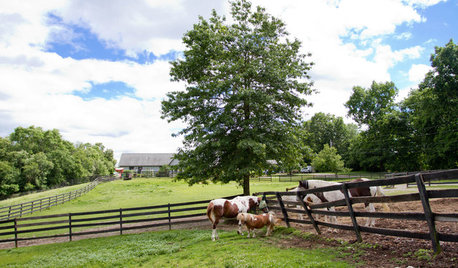The North Star Lily Society does it again! This was truly a most excellent education seminar, not just a pretty picture program. Unlike what the original thrust of the program was going to be (tissue culture), it was all about lots more things. I picked up a lot of good tidbits of information, that I am sure will be interesting to some of you (but perhaps not others). But I guarantee there is something for all. And I was able to talk with the speaker for a while myself to get my other questions answered too.
The speaker was Dr. Neil Anderson, who heads flower breeding for several genera at the University of Minnesota: Lilium, Gaura, Oenothera, Oxalis, Gladiolus, among others. He even has some 1ft Epilobium angustifolium from Alaska that he is working with. (Our native E. angustifolium grows 5-6ft.)
The short term goal of his present work with Lilium is to produce a uniform seed strain of continuously blooming lilies that will easily bloom in one season from seed. He is using Lilium formosanum (Formosa Lily) and Lilium longiflorum (Easter Lily) The botanical nomenclature used for the progeny of these interspecific crosses is Lilium x formolongi. L. x formolongi can be a simple F1 cross of the 2 species, F2, F3, etc. crosses, backcrosses or any combination of L. formosanum and L. longiflorum.
Any L. x formolongi is self-infertile, and incompatible with other L. x formolongi. However, using intervention techniques, for instance embryo rescue, progeny may be produced.
Any L. x formolongi is compatible with both L. formosanum and L. longiflorum.
L. formosanum IS SELF-FERTILE. Very unusual in the Lilium genus. However, L. formosanum does have a remnant of self-incompatibility in its gene pool.
As is with most lily crosses, switching which is the pod parent and which is the pollen parent will produce different progeny. Also as with most lily crosses, seed coat characteristics and usually cytoplasmic characteristics are most always gained from the pod parent. No other set of genes have been identified as pollen or pod parent sensitive with L. x formolongi.
L. x formolongi, of course then, is not a uniform group. Nearly every variation in the parents is produced in differing degrees in L. x formolongi. A very important new characteristic is occurring in large numbers in L. x formolongi: the ability to produce new flowering stems without vernalization (a cooling period for the bulb). Thus, many stems may be produced at varying times throughout the season, producing continuous flowering.
There are two alleles responsible for this phenomenon, dubbed VER1 and VER2. A dominant allele of either one or both will do the job. VER1 has more penetrance than VER2. In other words, VER1 is stronger than VER2.
A long term goal, and who knows if it will be possible, is to introduce VER1 and/or VER2 into asiatic genetics.
Many have witnessed that Easter lilies, after being planted out the same season as it has already flowered (at Easter), go on to bloom again on new stems the same season. This is not VER1 or VER2 in action. This is called summer sprouting. L. longiflorum (the Easter lily) can be vernalized at quite high temperatures. Although the industry uses around 50 F, summer sprouting can occur with longiflorum cultivar Nellie White when bulbs are exposed to temps lower than 70 F. Amazing.
Practically all commercial Easter lilies are L. longiflorum Nellie WhiteÂ. All ARE infected with LSV (Lily Symptomless Virus). "ThatÂs what keeps them so short." says Neil Anderson. (Although I seem to remember from my schooling that there was a little more to it than that.) L. formosanum, L. longiflorum and L. x formolongi are all susceptible to LSV.















leftwoodOriginal Author
Related Professionals
New Bedford Landscape Architects & Landscape Designers · Ballwin Landscape Architects & Landscape Designers · Marco Island Landscape Architects & Landscape Designers · Wilmington Landscape Contractors · Coeur d'Alene Landscape Contractors · Red Oak Landscape Contractors · Tewksbury Landscape Contractors · Aventura Decks, Patios & Outdoor Enclosures · Hayward Decks, Patios & Outdoor Enclosures · Littleton Decks, Patios & Outdoor Enclosures · New Berlin Decks, Patios & Outdoor Enclosures · Overland Park Decks, Patios & Outdoor Enclosures · Port Saint Lucie Decks, Patios & Outdoor Enclosures · Racine Decks, Patios & Outdoor Enclosures · Salem Decks, Patios & Outdoor Enclosures